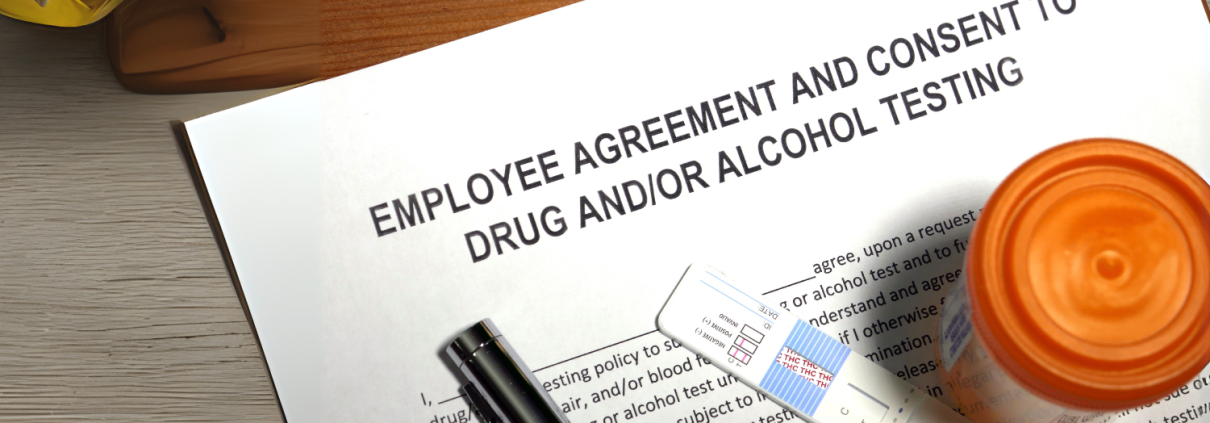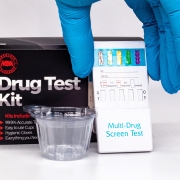
As a truck driver, you play a crucial role in keeping supply chains moving, but with great responsibility comes strict regulations.
The Department of Transportation (DOT) has established comprehensive drug and alcohol testing requirements to ensure safety on the roads. Understanding these requirements, the testing process, and what happens if a violation occurs is essential for all commercial drivers.
Keep reading to learn more.
DOT Drug and Alcohol Testing Requirements
The Federal Motor Carrier Safety Administration (FMCSA), a division of the Department of Transportation (DOT), mandates drug and alcohol testing for drivers operating commercial motor vehicles (CMVs) requiring a Commercial Driver’s License (CDL).
These regulations help maintain a drug-free and safe transportation industry.
Who Is Subject to Testing?
First, it is essential to know if you are subject to the DOT’s requirements. Any drivers operating commercial motor vehicles that meet the following criteria are subject to DOT drug and alcohol testing:
- Vehicles with a gross vehicle weight rating (GVWR) of 26,001 pounds or more
- Vehicles designed to transport 16 or more passengers (including the driver)
- Vehicles transporting hazardous materials requiring placards
When Are Drivers Tested?
Next, any drivers that meet the DOT’s criteria should know when to expect testing. Drug and alcohol testing can be random, but drivers also may undergo it at these specific times:
- Pre-Employment Testing: Before being hired, CDL drivers must pass a DOT drug test.
- Post-Accident Testing: Required after certain accidents, depending on the severity and whether citations were issued.
- Reasonable Suspicion Testing: If a supervisor trained in recognizing impairment suspects drug or alcohol use.
- Return-to-Duty Testing: Required for drivers returning to work after a violation.
- Follow-Up Testing: Conducted as part of a Substance Abuse Professional (SAP) program after a driver returns to duty.
- Random Testing: Employers conduct unannounced random drug and alcohol tests throughout the year.
DOT Drug and Alcohol Testing Procedures
Although the process can seem daunting, the DOT follows strict procedures to ensure accuracy and fairness in all CDL driver drug and alcohol testing.
Drug Testing
As an essential part of the DOT process, drug testing is conducted using a urine sample to screen for:
- Marijuana
- Cocaine
- Opioids (including heroin and prescription painkillers)
- Amphetamines and methamphetamines
- Phencyclidine (PCP)
All drug testing is conducted at a DOT-certified laboratory. If the test is positive, a Medical Review Officer (MRO) contacts the driver for possible explanations.
For example, Adderall is known to show on drug screenings as an amphetamine, even if it is prescribed. This means a driver that tests positive would have the chance to explain these circumstances, or, better yet, have preemptively shown documentation of the prescription.
Alcohol Testing
The second part of the DOT process is alcohol testing, which is conducted using a breathalyzer or saliva test. The following points are essential to know regarding the process of DOT alcohol testing:
- A Blood Alcohol Concentration (BAC) of 0.04% or higher is considered a violation.
- Results are immediate, and violations require immediate removal from safety-sensitive duties.
Consequences of a Failed Test
Failing a DOT drug or alcohol test has serious implications for a driver’s career and record. It can lead to immediate suspension, financial strain, and long-term challenges in finding future employment.
Potential impacts include:
- Immediate removal from safety-sensitive duties.
- Required participation in a Substance Abuse Professional (SAP) program before returning to work.
- Potential job loss, as many companies have zero-tolerance policies.
Also, remember that a failed test remains on a driver’s record in the FMCSA Drug & Alcohol Clearinghouse for five years or until return-to-duty and follow-up testing requirements are met.
Substance Abuse Professional (SAP) Program
If a driver fails a drug or alcohol test, they must complete the SAP process before returning to work. SAP is a comprehensive program developed by the DOT to support drivers who might have a problem with alcohol or drugs.
The SAP program includes:
- Evaluation by a DOT-qualified SAP: They will help determine the level of assistance needed.
- Treatment and Education: This may involve counseling, rehabilitation, or substance abuse education.
- Follow-Up Evaluation: Essential to ensure compliance with treatment recommendations.
- Return-to-Duty Test: A negative test result is required before resuming work.
- Follow-Up Testing: Additional unannounced testing for up to five years.
Staying Compliant and Avoiding Violations
The best way to avoid any of the negative impacts of a failed test is to stay up-to-date and compliant with DOT regulations. Consider these tips to avoid DOT drug and alcohol test violations:
- Understand your company’s drug and alcohol policies.
- Avoid any substance use that could trigger a positive test result.
- Report prescription medications to employers if they could impact test results (such as Adderall).
- Seek help proactively if you are struggling with substance use.
- Check your Clearinghouse record periodically to ensure accuracy.
Looking for more information on new trends and changing regulations in the trucking industry? Be sure to check out more posts on our blog and follow us on social media!







